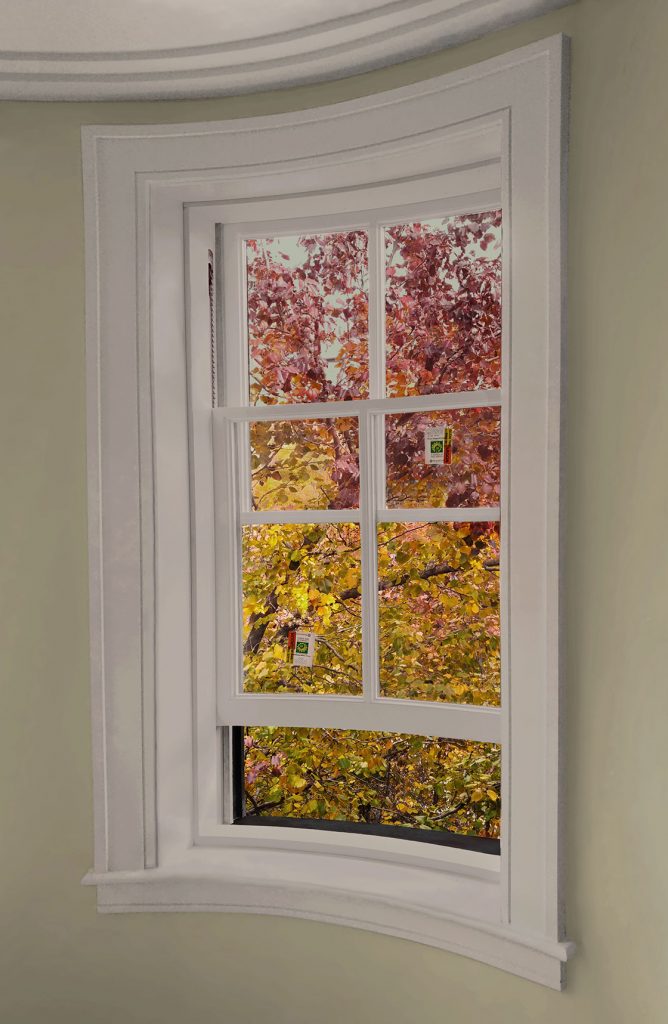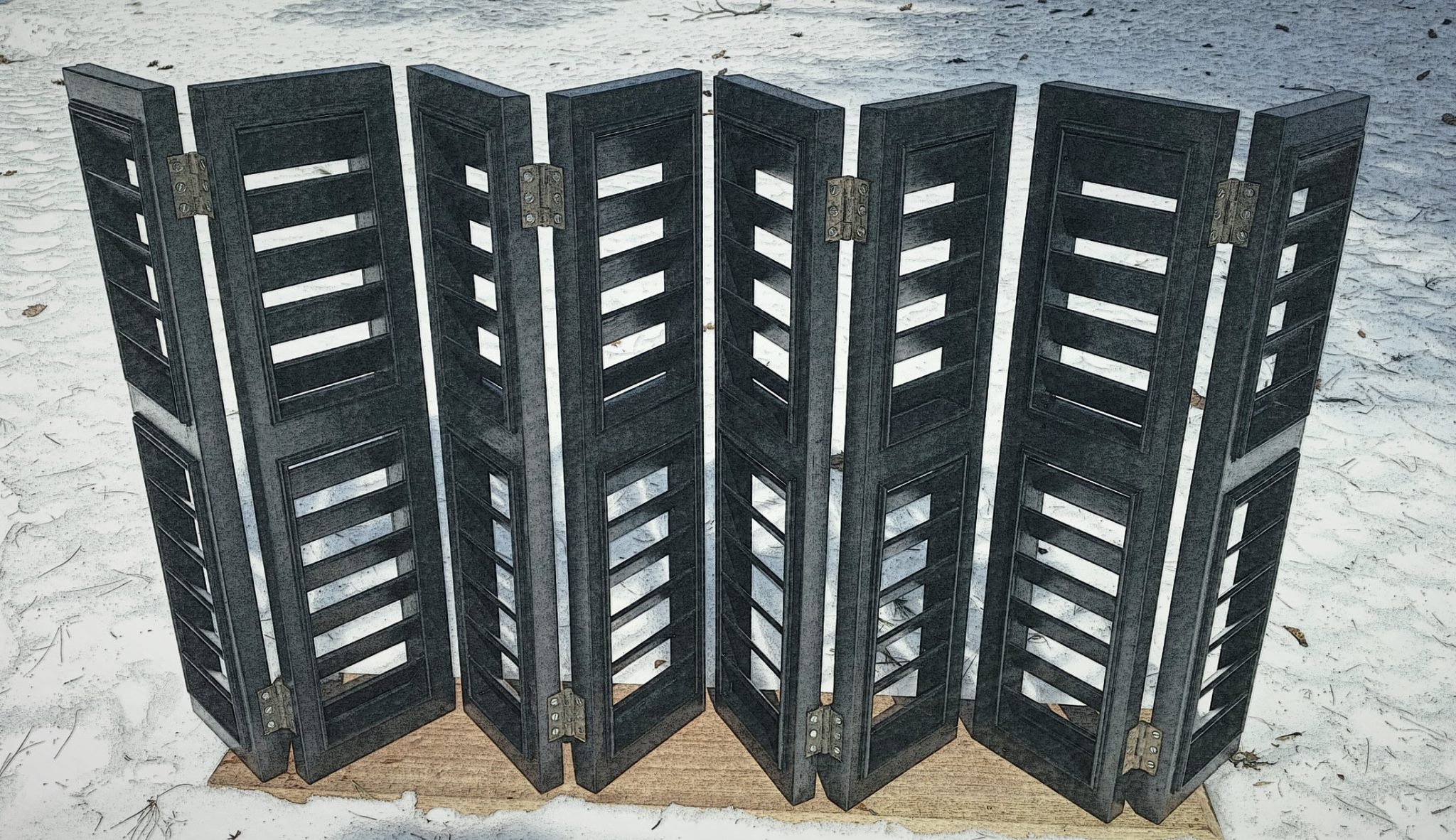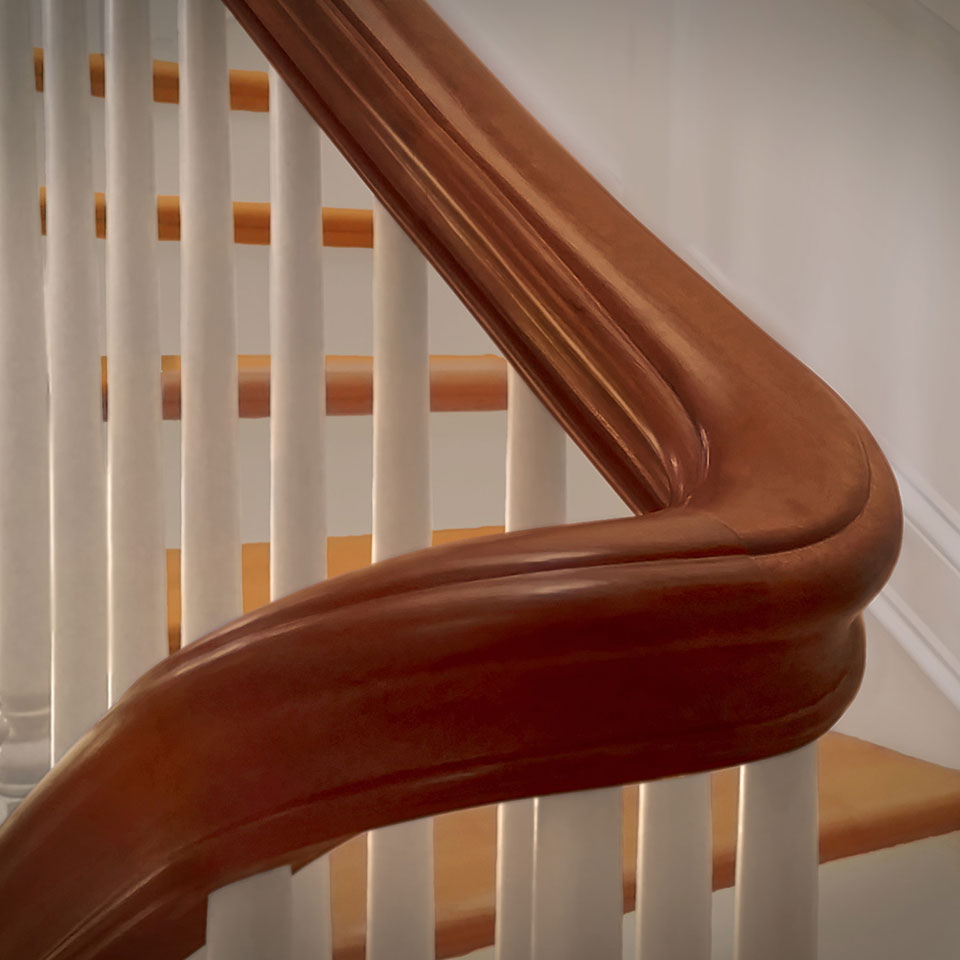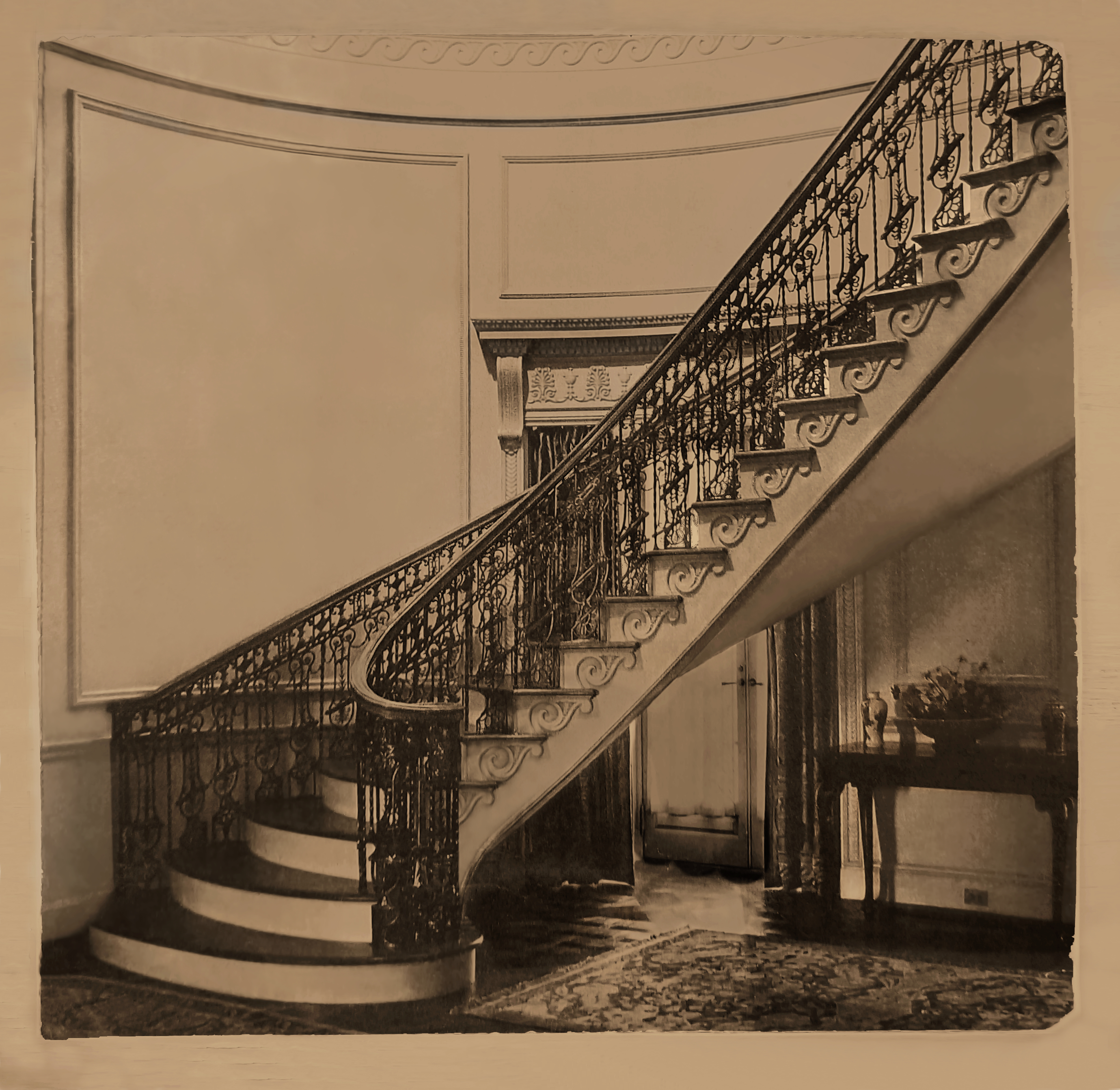1. Introduction

How much home energy use goes toward the heat loss/gain through the windows in your home? According to the Dept of Energy, windows are responsible for 25%-30% of your thermostat related energy consumption.
In the 70’s and to this day, the insulated glass replacement window has become the mainstream solution to update old single pane wooden sash. However, with recent advances in glazing technology and a growing awareness toward natural resource conservation, many home renovators have sought an alternative path to window replacement by way of refurbishing and weatherizing existing antique windows in good repair or replicating wooden sash in severe decay.
As the preservation vs replacement debate continues, this introduction and a series of articles (coming soon) are intended to help educate you on various options toward increasing the energy efficiency of your traditional wood windows. Whether your concerns relate to cost, esthetics, feasibility or historic guidelines; alternative topics will be covered to assist in making informed decisions that match your objectives.
Air Infiltration
An important concept to grasp in window energy efficiency is the difference between air infiltration and radiant heat loss/gain of the window unit. Infiltration occurs when air leaks in around the cracks between movable or fixed window components and is usually addressed with weatherstrip or caulking. In addition, infiltration can occur between the window and wall framing if insulation is either missing or improperly installed.
Radiant Heat Loss/Gain
Radiant heat loss/gain is another effect on the comfort level felt near a window as cold temps and solar radiation are transmitted through the glazing and frame. On cold winter days when the inside glass temperature is driven below 50 degrees, it can cause drafts by drawing the cooled air down toward the floor. The cold glass also causes us to feel colder by radiating our body heat toward the glass. In summer months, solar radiation has the opposite effect of overheating interior environs.
In technical terms, the rate of heat loss is measured in by the U-factor where the better the insulating properties of the glazing and frame, the lower the factor. Solar radiation related to window performance is measured by the Solar Heat Gain Coefficient (SHGC). The SHGC is the fraction of incident solar radiation admitted through a window (both directly & radiated inward). Expressed as a number between 0 an 1, the lower the coefficient the lower the solar heat transmitted.
Assessing Your Windows
So, how do we keep our treasured sash in place while feeling more comfortable and lowering our heating bills? The first step is to assess what type of sash are in your home and their present condition. The next article, Refurbishing Existing Sash will delve into just that.




